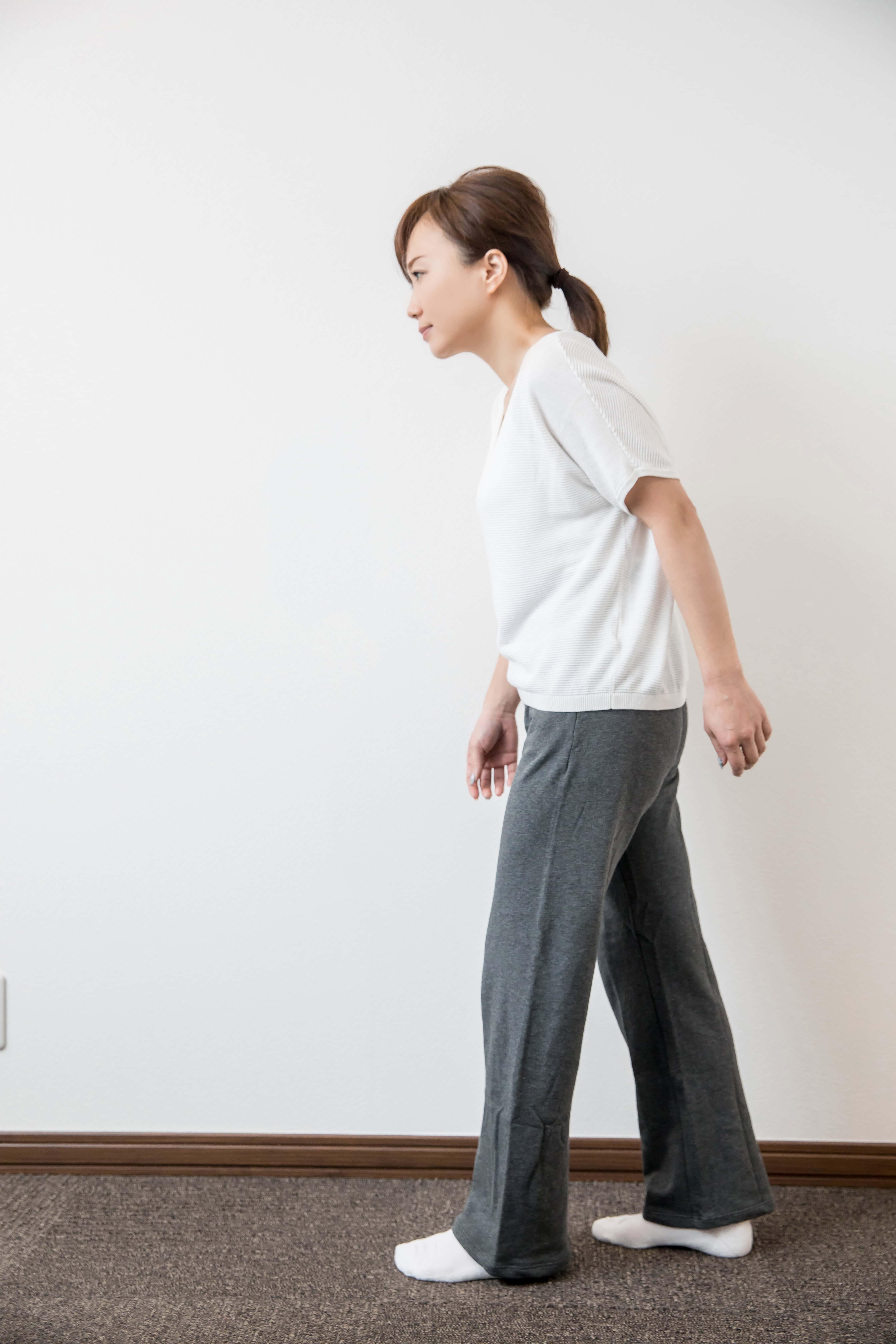More than one out of 10 adults who are 50 years or older will suffer from spinal stenosis, a narrowing of the spinal canal that can result from wear and tear as people age. While spinal stenosis can occur at younger ages due to conditions they are born with, the risk of developing spinal stenosis primarily comes with age.
The good news is that advancements in both minimally invasive and traditional open spinal surgeries offer relief to patients with spinal stenosis. It’s important to note that only 10-15% of people with spinal stenosis will need surgery. Most patients with spinal stenosis can find pain relief with nonsurgical options, including steroid injections and physical therapy.
In this blog post, I share more about the newer treatment options for spinal stenosis as well as common questions about the condition.
What is the newest treatment for spinal stenosis?
One of the newest treatments for spinal stenosis in the lower back is the Total Posterior Spine (TOPS) facet joint replacement system. Unlike traditional lumbar spinal fusion that melds the affected vertebral joints, TOPS preserves motion while maintaining or even improving spinal stability. I have seen tremendous success with my patients who have undergone this procedure. My first TOPS patient reported being pain-free at his one-year follow-up appointment.
While we have many success stories with the TOPS surgery, I tell my patients that every patient, and therefore every treatment plan, is unique to them. Rather than focusing on the newest treatment for spinal stenosis, a better way to think about this is what is the best treatment for my condition and my lifestyle goals? There are a variety of newer surgical treatments for spinal stenosis, including endoscopic and microscopic procedures, but those shouldn’t rule out the consideration of traditional open surgery.
Patients with severe spinal stenosis that affects multiple levels of discs will likely have better outcomes with a more traditional open decompression surgery, while patients with a single level of stenosis can usually benefit more from microscopic decompression.
To help patients understand the difference and why minimally invasive surgery isn’t always the best option, I use the metaphor of changing your vehicle’s oil. Sometimes it is better to just pop the hood so you can see everything and do a better job in less time, then drilling a small hole in the hood and using specialized tools and cameras to accomplish the same task but take twice the time.
Is there a common age for spinal stenosis?

The simple answer is no, but I most commonly treat patients with spinal stenosis when they are later in their career or nearing retirement, so in their 50s or 60s. Arthritis develops with general wear and tear, and people gradually begin experiencing symptoms of spinal stenosis, such as:
- pain when standing for long periods or when walking
- numbness or tingling in an arm, foot, or leg
- muscle weakness
- back or neck pain
An indication that you may have spinal stenosis is if you walk bent over like you are pushing a shopping cart. You may not even realize you are walking in that position, but you have modified your posture due to pain or discomfort, which is often a sign of spinal stenosis.
What spinal stenosis surgery is right for me?
It’s important that you receive a proper diagnosis of spinal stenosis first before considering treatment options. It’s also important that you see a Denver spine surgeon who offers many types of surgeries and non-surgical options to treat spinal stenosis, so that you know every option is being considered. At Neurosurgery One, we are experienced in all spine surgery options for spinal stenosis, and we also offer non-surgical pain management procedures.
To make the proper diagnosis, we start with imaging to pinpoint where narrowing of space around the spinal cord is occurring. Then we must determine your pain pattern. If you have pain in the back, buttocks or leg, we will likely do diagnostic injections to pinpoint the exact location of the pinched nerve causing pain. Typically pain in those areas signals a structural problem that we need to address with surgery.
Arthritis often develops with spinal stenosis and only worsens with age, so by treating the structural issue as soon as possible, we can slow the progression. By taking a very patient-specific specialized approach to diagnosing spinal stenosis and understanding your symptoms, we can recommend the most effective spinal surgery to help you achieve your goals.
What is my first step if I suspect I may have spinal stenosis?
I encourage all patients with spinal stenosis symptoms to get a thorough evaluation that includes imaging. Some patients may also need diagnostic injections to pinpoint the exact location of their pain. Once you receive a proper diagnosis, discuss your options with your neurosurgeon, and don’t hesitate to get a second opinion. Many patients with spinal stenosis find relief with conservative treatments, but if spinal surgery is recommended for you, it’s important you fully understand all your options and what you can expect from surgery.
Dr. Joshua Beckman, MD, FAANS, is a board-certified neurosurgeon who specializes in spine surgery. Dr. Beckman sees patients in Neurosurgery One Lakewood and, beginning Jan. 1, 2025, he will be seeing patients in our newest Denver spine surgery center next to AdventHealth Porter hospital. Prior to joining Neurosurgery One, Dr. Beckman served as the director of spine surgery at San Antonio Military Medical Center, the nation’s largest military hospital and Level I trauma center where he developed special expertise in treating severe spinal injuries and degenerative spine conditions.



